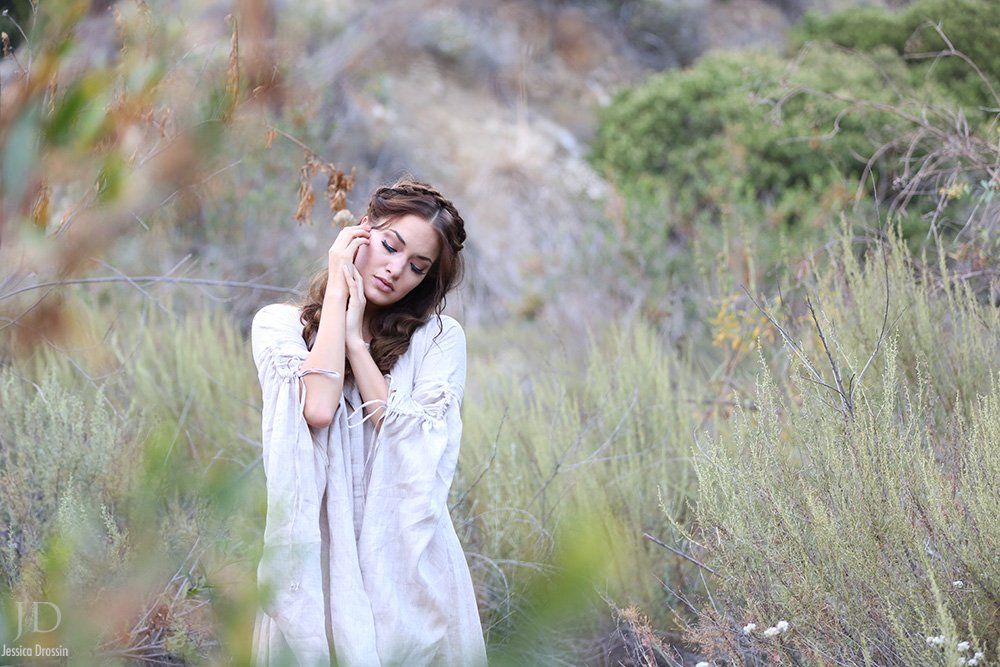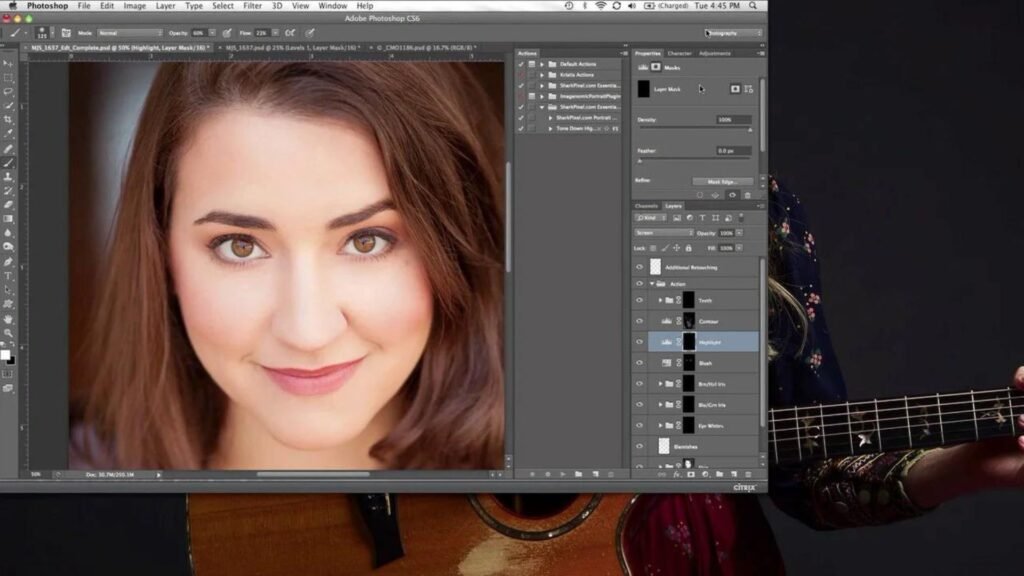Jul 3, 2024
How to Photograph Birds in Flight
Photographing birds in flight can be challenging but incredibly rewarding. Here are some tips to help you capture stunning photos of birds in action:

Use the Right Equipment
- Use a camera with fast autofocus capabilities and a high frames-per-second (fps) rate to capture fast-moving birds effectively. A telephoto lens (300mm or longer) is ideal for bringing distant birds closer.
Understand Bird Behavior
- Observe bird behavior and flight patterns to anticipate their movements. Study their habitats and feeding grounds to increase your chances of capturing them in flight.
Choose the Right Settings
- Use a fast shutter speed (1/1000 sec or faster) to freeze motion and capture sharp details of birds in flight. Adjust your ISO and aperture settings to ensure proper exposure.
Focus on the Eyes
- Set your camera’s autofocus mode to continuous (AI Servo for Canon, AF-C for Nikon) to track moving birds and maintain focus on their eyes, which are crucial for sharp, engaging photos.
Use Burst Mode
- Enable burst mode (continuous shooting mode) to capture a series of rapid-fire shots when birds are in flight. This increases your chances of getting the perfect shot with wings fully extended or interesting flight poses.
Pre-focus on Landing Spots
- If birds are landing or taking off from a specific spot (such as a perch or feeding area), pre-focus your camera on that spot and use a fast shutter speed to capture decisive moments.
Consider Background and Composition
- Pay attention to the background and composition of your photos. Aim for clean, uncluttered backgrounds that highlight the bird’s silhouette and flight posture.
Patience and Persistence
- Bird photography requires patience and persistence. Spend time observing and waiting for opportunities to capture birds in flight. Be prepared to take multiple shots to achieve the desired results.
Be Respectful of Wildlife
- Practice ethical bird photography by respecting wildlife habitats and observing from a safe distance. Avoid disturbing birds or their nesting areas to minimize stress and ensure their well-being.
Post-Processing and Editing
After the photoshoot, review and edit your photos using software like Adobe Lightroom or Photoshop. Adjust colors, sharpness, and contrast to enhance the visual impact of your bird in flight photos.
Learn from Each Shot
Review your photos to analyze what worked well and areas for improvement. Learn from each experience to refine your techniques and capture better bird in flight photos in the future.
By applying these tips and techniques, along with practice and perseverance, you can improve your skills in photographing birds in flight and capture breathtaking moments of these graceful creatures in their natural environment.
More Details








